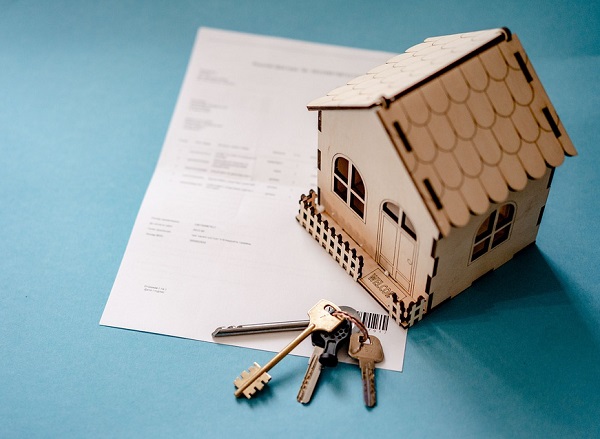TOWSON, MD—Baltimore County Executive Johnny Olszewski on Friday announced new legislation that aims to promote economic revitalization and support the creation of attainable housing by expanding opportunities to redevelop vacant or underutilized big box stores, shopping centers, or malls into modern, mixed-use developments.
“To realize our fullest potential, Baltimore County must do more to reimagine and revitalize today’s aging infrastructure into the thriving community hubs of tomorrow,” said County Executive Olszewski. “By supporting opportunities for mixed-use developments across Baltimore County, we can drive a new generation of smart growth that protects our environment, creates new housing opportunities and builds stronger communities for years to come.”
In 1967, Baltimore County became one the earliest adopters of smart growth policies in the nation, with the Urban Rural Demarcation Line (PDF), which focuses infrastructure investment and development in the county’s growth area, while limiting development and protecting natural and agricultural resources on the remaining two-thirds of the county’s land.
`
Consistent with the protections provided within the URDL, Master Plan 2030 promotes thoughtful redevelopment within the County’s growth area, by shifting the focus away from building on undeveloped open space, referred to as greenfield development, and towards the thoughtful redevelopment of shopping centers, malls, and big box stores, referred to as “greyfield developments.” To promote this effort, Master Plan 2030 established core retrofit areas or “nodes,” that identified areas prime for redevelopment by using criteria such as transit access, employment centers, and community assets.
Consistent with the goals of Baltimore County’s Master Plan 2030 – and fulfilling recommendations of the County’s Affordable Housing Work Group – the new legislation proposed Friday would allow mixed-use development in Baltimore County’s business zones, if they are within the URDL. A mixed-use development combines multiple uses – including residential, commercial, cultural, and/or institutional uses – to create dynamic, pedestrian-friendly communities with amenities and new economic opportunities.
In an effort to incentivize the creation of attainable housing for working families, mixed-use developments that include inclusionary housing would be eligible for parking reductions and a greater floor area ratio. In addition, the proposed legislation requires mixed-use developments that receive financial support from Baltimore County government to set aside a percentage of affordable housing units as part of their development plan.
By encouraging thoughtful “retrofitting” of vacant or underutilized big box stores, shopping centers, or malls, Baltimore County can incentivize community redevelopment, expand attainable housing options for residents, and create new economic opportunities, while continuing to preserve Baltimore County’s natural and agricultural resources outside the URDL.
The legislation is expected to be introduced at the Baltimore County Council meeting scheduled for Tuesday, January 16, 2024.
Photo via Pixabay
Do you value local journalism? Support NottinghamMD.com today.

